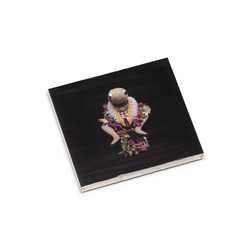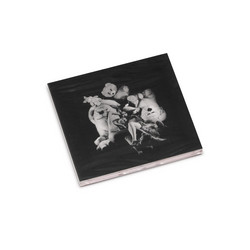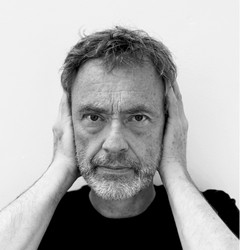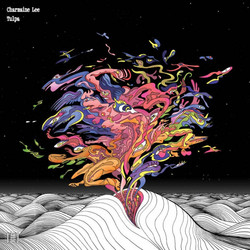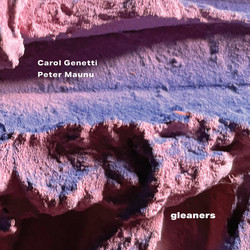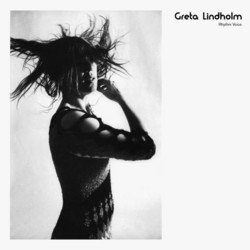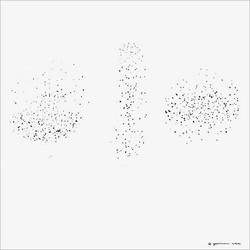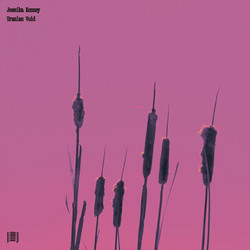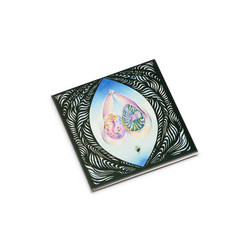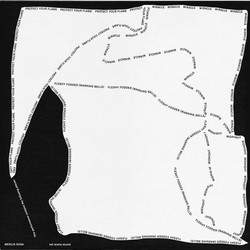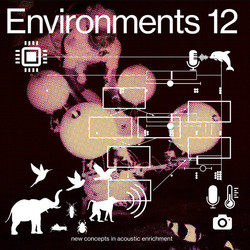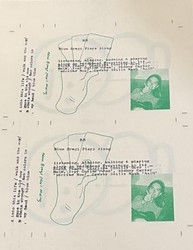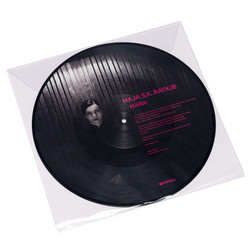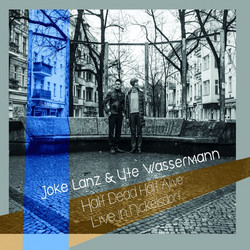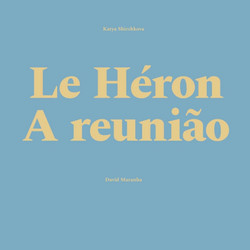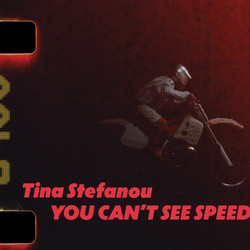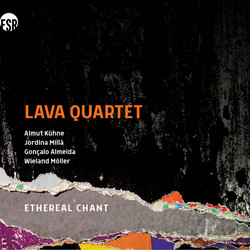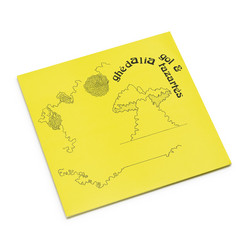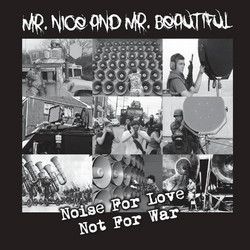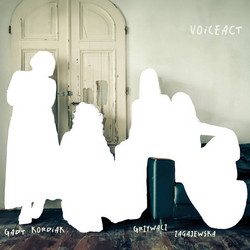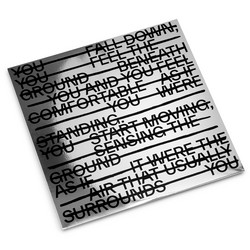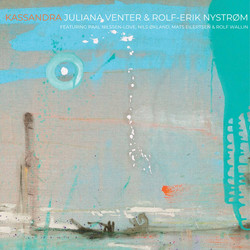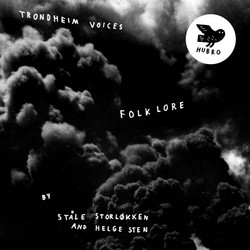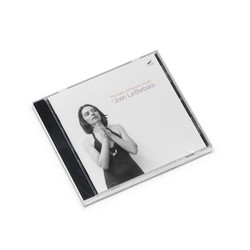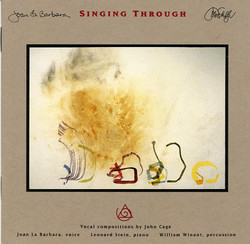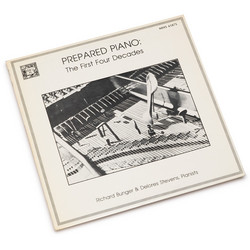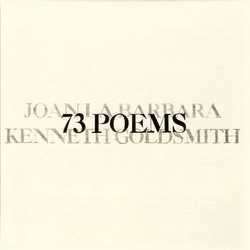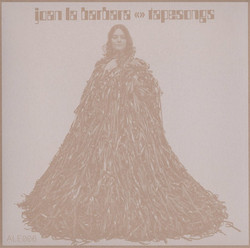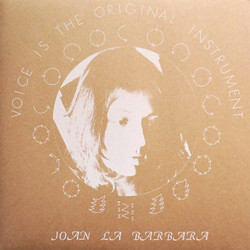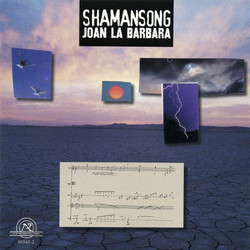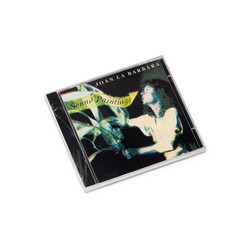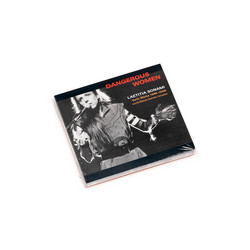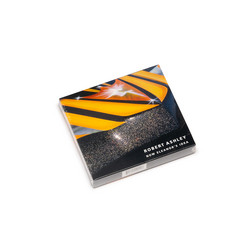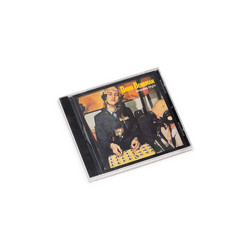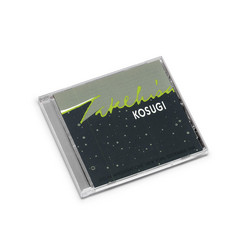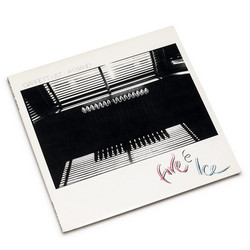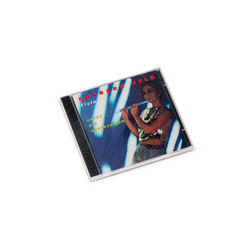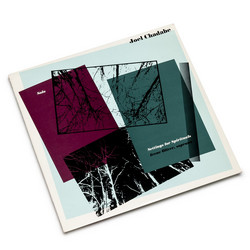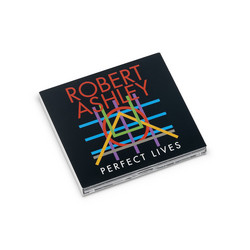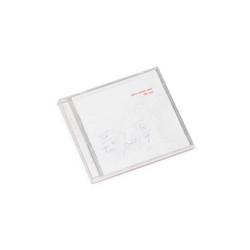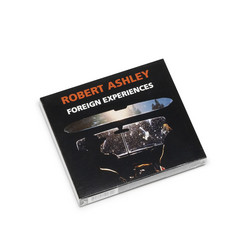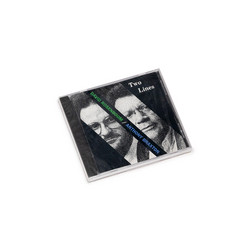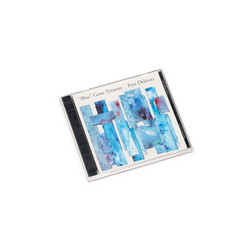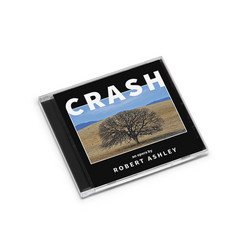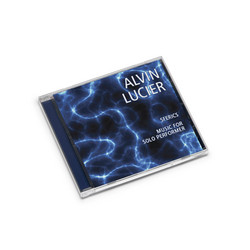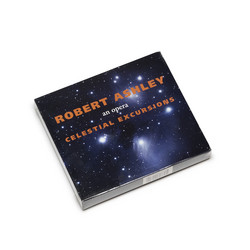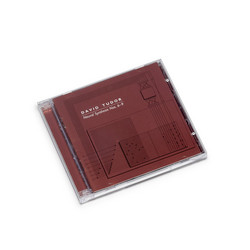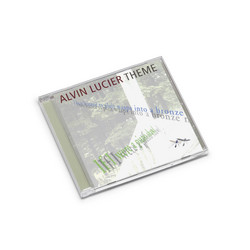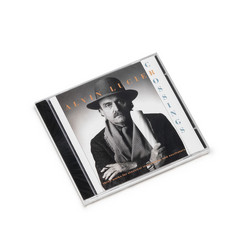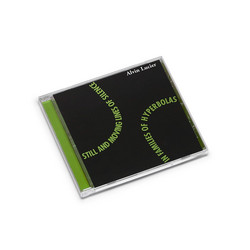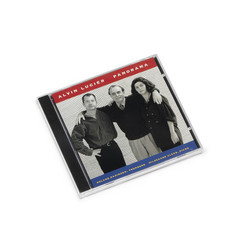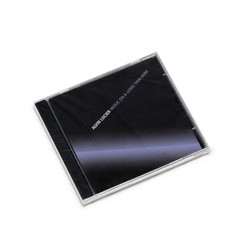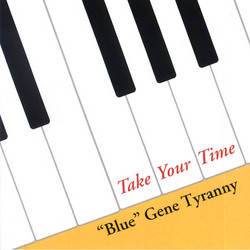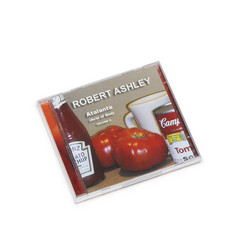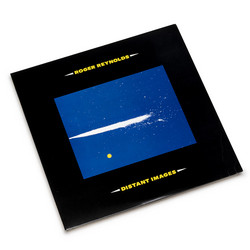Collection of Joan La Barbara's early works and her first vocal compositions, originally released on LPs in the 1970s and early 1980s on her own Wizard Records. This is La Barbara at her most experimental and fearless, developing a completely new vocabulary for the human voice through rigorous self-exploration and radical performance practices.
"One of my earliest pieces, Hear What I Feel, was a self-exploratory, sensory-deprivation experimental work, designed to help me discover new sounds, delve into psychological aspects, as well as communicate with the audience on a pre-verbal level of awareness. After spending an hour in isolation with my eyes taped shut and not touching anything with my hands, I was led out into the performance space where my assistant had placed a variety of substances in six small glass dishes. As I touched the material, I tried to give an immediate vocal response to what I felt both emotionally and physically, without the benefit of visual information. I expected the shock of bringing a solitary state of mind into the heightened awareness of a performance situation to intensify my experience, and the poignancy of my 'prepared' state to affect the audience. The sounds are presented here in their raw state; it is truly an experimental work with no intentional musical implications or designs."
Voice Piece: One-Note Internal Resonance Investigation explores the color spectrum of a single pitch. Circular Song was inspired by the circular breathing technique of horn players. Des Accords pour Teeny, an exploration of multi-phonic technique or choral singing, was dedicated to Teeny Duchamp.
In much of her early work, La Barbara dealt with sound as a physical presence, sculpting it, building up layers in complex constructions, letting the flow of thought and the visualization of sonic gestures direct her studio art. Voice Is the Original Instrument was both a statement of purpose and a manifesto as, through various experiments and explorations, she tried to rediscover the basic function of the voice as the first means of expression as well as to release untapped sonic material. As she gave her classically trained voice its freedom, letting it direct her toward new places and ideas, she developed what was a unique vocabulary and used those sounds to score an orchestra of layered voices.
La Barbara emerged as one of the most important innovators in extended vocal technique alongside Meredith Monk, Diamanda Galás, and Laurie Anderson, but her approach was uniquely grounded in both rigorous technique and phenomenological investigation. Her work explores the voice not as instrument of language or melody but as generator of pure sonic material, capable of whistles, clicks, multiphonics, extreme registers, and timbral transformations that had rarely been heard in Western art music.
This collection documents the birth of a completely new approach to vocal performance, essential listening for anyone interested in experimental music, voice as medium, performance art, or the radical innovations of 1970s downtown New York. La Barbara's influence extends across decades of avant-garde practice, from Diamanda Galás's operatic extremism to Maja Ratkje's noise explorations to contemporary practitioners like Elaine Mitchener and Phil Minton.
A foundational document of vocal experimentation. Essential.

